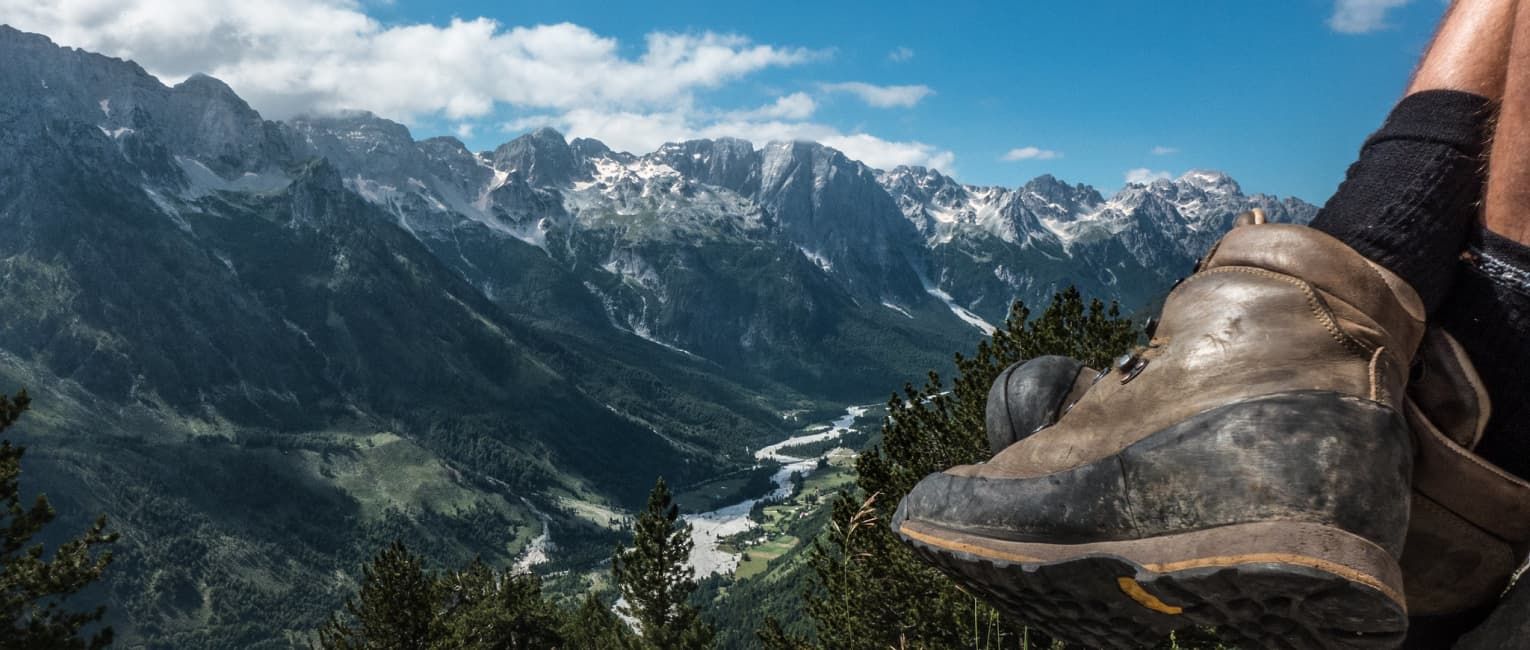
Finding Your Feet: How Far Can You Hike in a Day?
A question so many travelers ask us before booking a hiking trip.
It’s not a straightforward answer, as at the end of the day, not all hikers and not all trails are created equal. While there is no one-size-fits-all answer, there are plenty of ways to plan and prepare for a hike to maximize your overall experience. After all, hiking is all about getting out there and experiencing the beauty of nature and not to push yourself beyond your own capabilities.
Depending on the terrain, your fitness level, and the type of hike you’re doing, you might be surprised by the amount of ground you can cover in a day.
Knowing your own limits and capabilities is essential to planning a successful and safe hike, and understanding how far you can realistically hike in a day is paramount to maximizing your experience on the trail.
Especially if you visit a new destination and plan on taking on a new trail. It can be overwhelming and a little daunting when you’re unsure what to expect.
In our 30 years of travel experience, we have seen it all and hiked it all!
So let’s dive in and discuss the factors that affect the distance you can hike, tips for increasing your hiking distance, and staying safe out on the trail.
Hopefully we can help you to better plan your next hiking adventure and make the most of your time on the trail.
How Far Can The Average Person Hike In A Day
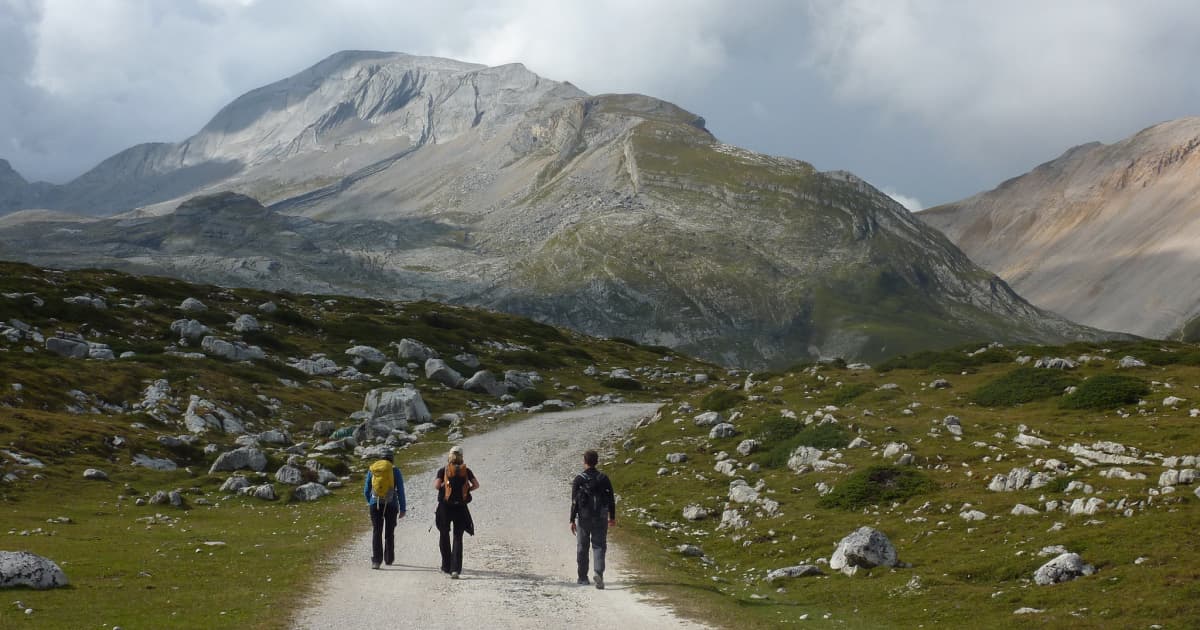
When we think about hiking, we like to plan just for a day hike. Anything longer than a day we would generally consider a trek. And before you get confused, there are some subtle differences between hiking and trekking.
Before putting everything into place, let’s look at how far an average person can hike in a day. (According to actual data.)
According to a study from Healthline - The average person aged 20-70 can walk between 2.5 to 3 miles per hour.
This means that in an 8-hour day of hiking (not including rest breaks), the average person can, in theory, cover a distance of anywhere between 16 and 24 miles.
From our experience, adding in rest breaks, stamina, and the occasional terrain change on a trail, we can say the average hiker can hike around 20 miles in one day.
Ok, that’s a good starting point for planning your next hike!
How Far Can You Hike In An Hour
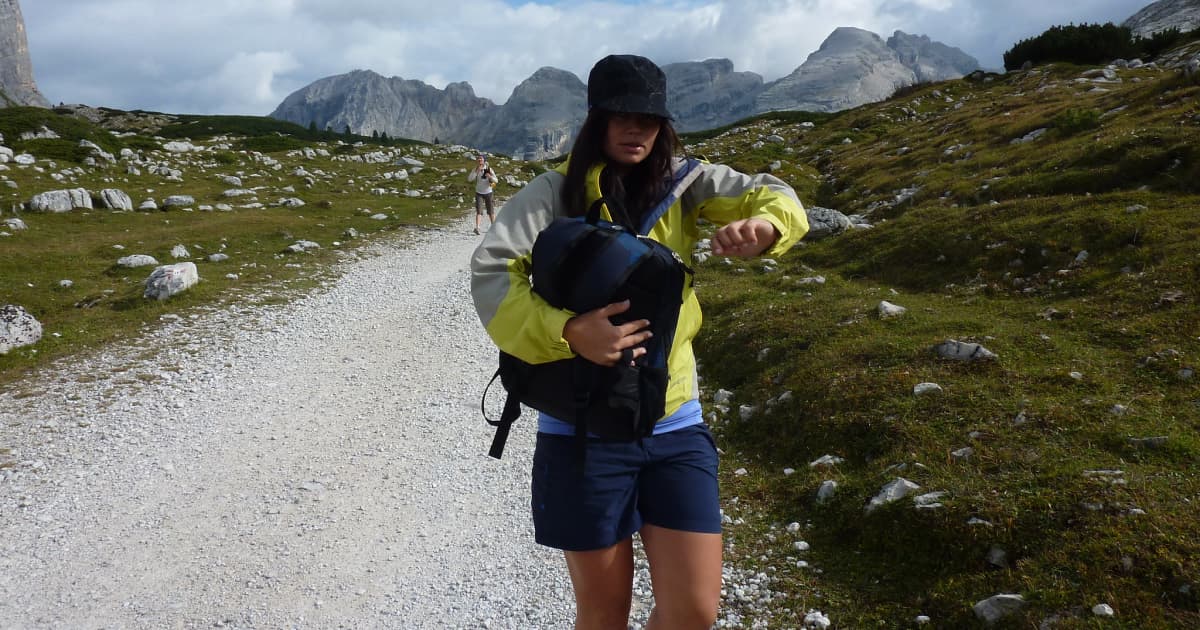
When planning a day hike, you want to look at how far you can realistically cover in an hour.
The amount of mileage covered will depend on the terrain and your physical fitness level, but as a general rule of thumb, most hikers can expect to cover up to three miles per hour on flat or moderately hilly landscapes.
When you have a good idea of how fast you can go and how far you can cover in an hour it becomes a lot easier to plan your day well in advance.
Taking it hour by hour, you can plan in rests, breaks, and stops for sights and scenery while comfortably moving at your own pace with no time pressure.
Calculate Your Average Hiking Speed
Calculating your hiking speed is the best place to start to figure out how far you can realistically hike in a day.
Knowing your expected pace can help you determine how far and long you will be able to go and what supplies will be needed.
Starting with the data from above as a benchmark, we can assume that the average person can hike 20 miles in an 8-hour day, and they are hiking 2.5 miles per hour.
So, if you want to calculate your own average hiking speed, you can use a GPS tracker on your phone, or download a handy app to start tracking your distances and speeds.
We recommend the Map My Walk app for this, although the Walk Meter app also looks quite reliable.
Start out walking at your typical pace on a steady path such as a footpath, or a trail you know well that doesn’t have any steep inclines or terrain changes.
Track the distance you covered over an hour to get an idea of your average speed on a typical moderate trail. And remember, above 2.5 miles per hour is above the average speed!
Calculate How Far Can You Hike In A Day
If you use the above data of your average hiking speed and how far you can hike in an hour, you will have a good idea of how fast you can complete any moderate trails.
As a general rule of thumb, you can expect to hike at a pace of about 2-3 miles per hour on flat terrain, and then 1-2 miles per hour on more challenging rough terrain.
Plan How Long A Hike Will Take
There is also a method called Naismith’s Rule used by many hikers, and it’s been a popular method of calculating hike distances since the 1800s.
Again, with phones, smartwatches, GPS, trackers, we don’t use it too often, but it’s a quick way to gauge the length of a hike.
Naismith’s Rule.
Naismith's Rule is a guideline used to estimate how long a typical hike will take while taking into consideration your typical hike hindrance - elevation.
It’s more of a rule of thumb, and many hikers have since made their own adjustments to the rule. Still, it remains one of the most frequently used methods for calculating hike duration, taking into account that it is a moderate hike on a trail with no additional gear.
The rule is as follows: Allow 20 minutes for every 1 mile PLUS 60 minutes for every 2000 feet of ascent.
Using Naismith's rule will help factor in any change pace based on ascents.
Although, as we already mentioned, not all trails are equal, so there are a lot of other factors that will slow you down when you aren’t on flat terrain.
Factors That Affect A Hike
Using your data from your own hikes, or getting a rough estimate using Naismiths rule, you can have a pretty good idea of how long a hike should take.
Then you need to factor in other elements, such as terrain, distance, elevation change, gear you need, and even the weather.
Let’s look at what you need to think about when planning how long a hike will take:
Trail Difficulty
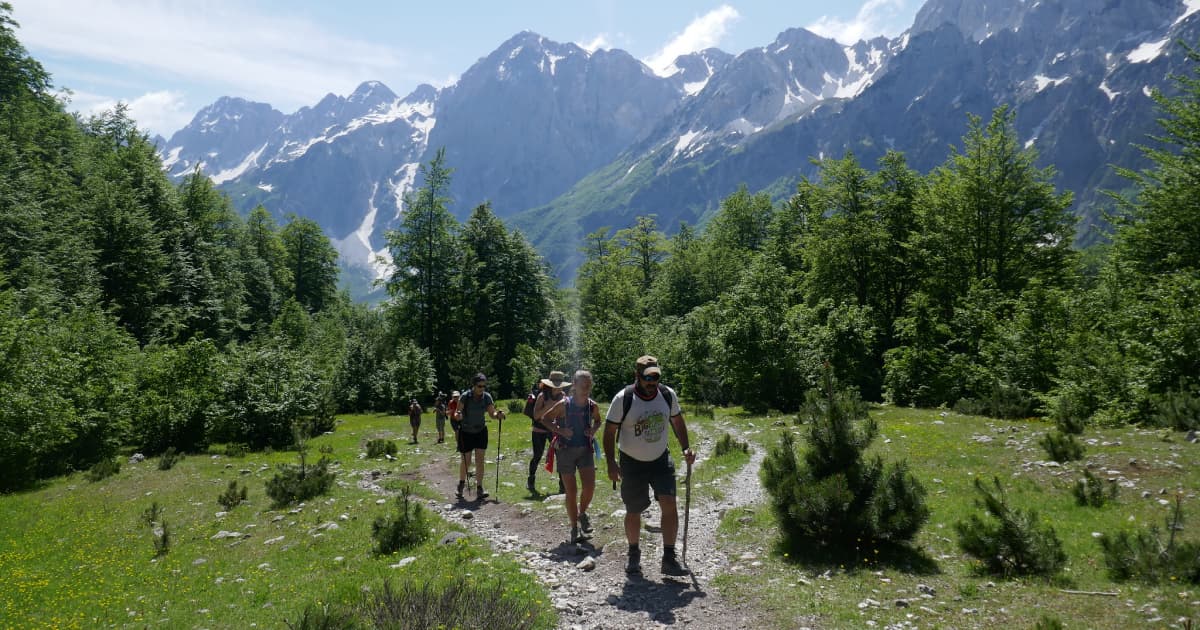
An easy trail may have little to no elevation changes and will not be too long, making it the perfect trail for a beginner hiker, younger children, and seniors.
A moderate trail will have elevation gains, some easy and some more difficult, and will be good for those who are used to hiking long distances and have solid leg strength.
A hard trail will have more difficult elevation gains for longer periods, and will likely be across mountainous terrain more suited for an experienced hiker.
You’ll also find that ‘easy’ trails allow you to cover ground much faster than hard trails. A trail that’s rated as ‘moderate’ or ‘intermediate’ features a higher elevation and will take longer than an ‘easy’ trail.
Elevation Gain
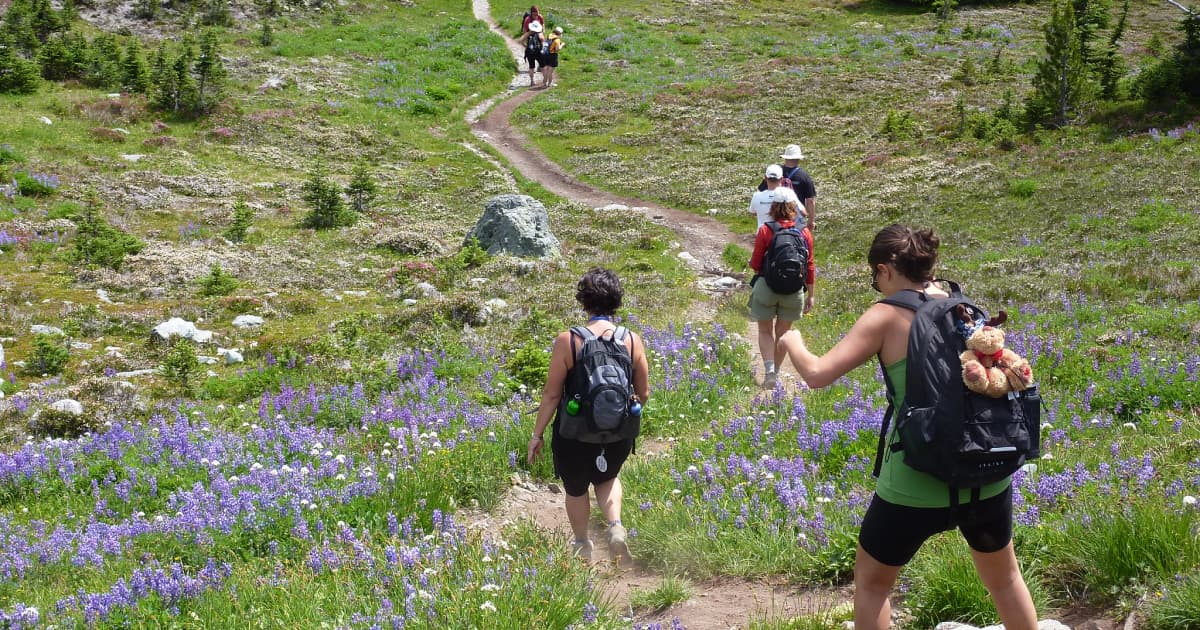
The amount of elevation gain on a hike can also affect your speed.
As you climb higher in altitude, the air becomes thinner, which can make it more difficult to breathe and can slow you down.
In addition, steep uphill sections will require more effort and can slow your pace.
Consider The Terrain
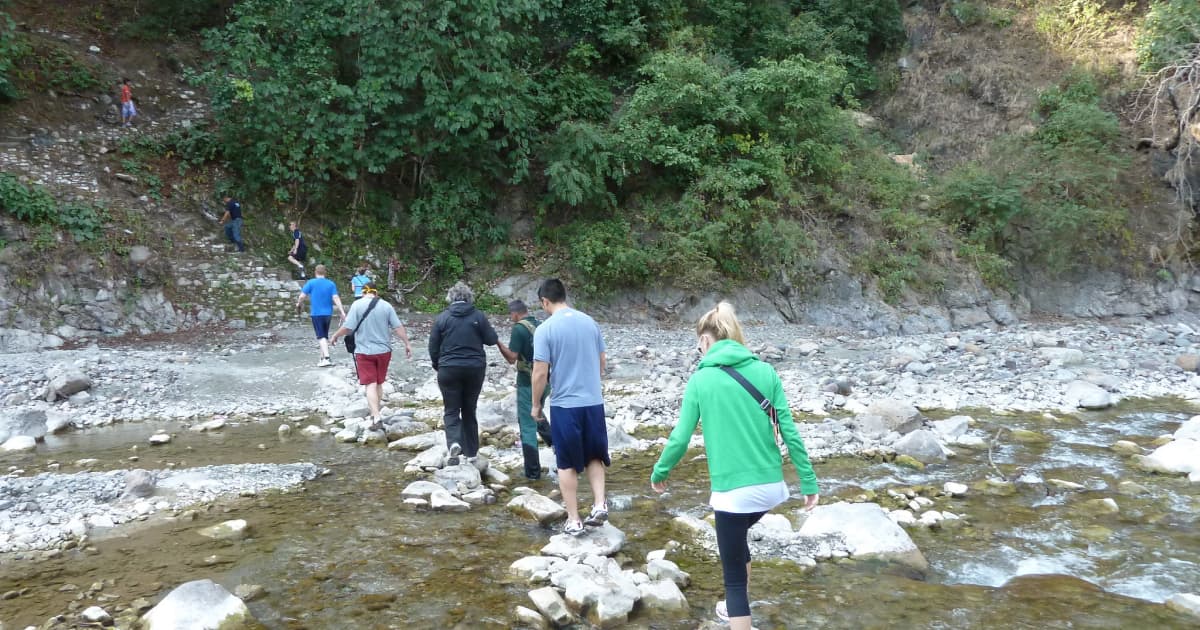
One of the most important things to consider when planning a day hike is the terrain you will cover.
No hike is the same, and the length of your hike will depend on the type of terrain you’re crossing.
If you’re heading out on a flat path on an easy trail, you can typically cover a much greater distance than if you’re climbing and descending mountains.
Then take into account the weather effects on the terrain.
Is it a muddy trail, at a destination where it could very easily rain at any moment. This will slow you down!
Are you hiking an elevated path where it could rain or possibly even snow. You will need more gear, and this will slow you down.
A rocky, uneven ground can slow you down and add to fatigue a lot faster as the uneven ground takes its toll on your legs.
Weather Conditions
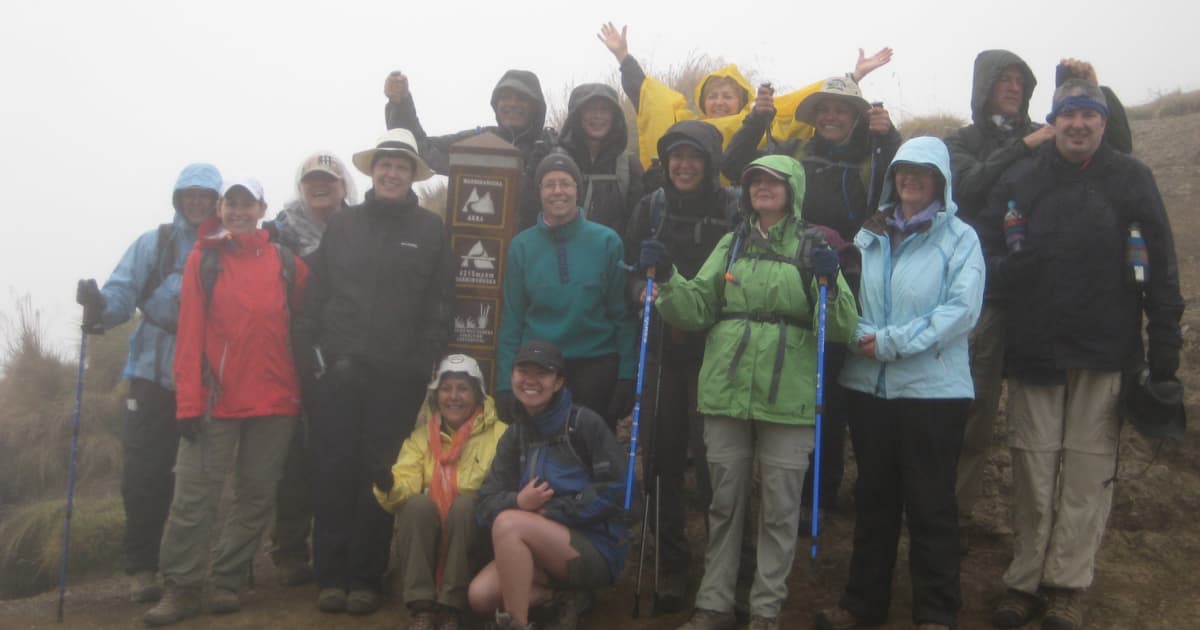
The weather can also affect your hiking speed.
As we’ve mentioned, the weather can have a big effect on the terrain, it can also have a big effect on your body.
Hot and humid conditions can make you sweat more and can cause you to tire more quickly.
Similarly, cold and wet conditions can make it more difficult to hike comfortably and can slow you down. In addition, strong winds can make it more difficult to hike, particularly on exposed ridges or peaks.
It's important to check the forecast and plan accordingly to avoid hiking in difficult weather conditions.
And the weather generally dictates the gear you need to bring.
Gear For Hiking
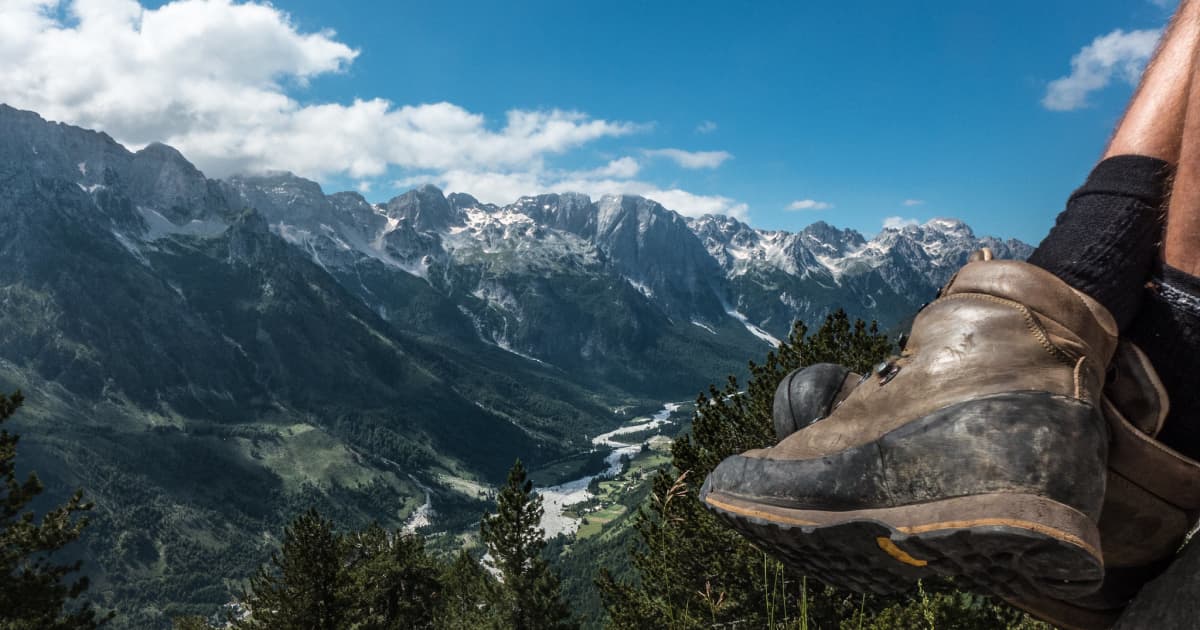
Carrying too much gear on a hike can weigh you down and slow you down, which can make the hike more challenging than it needs to be.
It's important to choose your gear carefully and only bring the essentials, to avoid carrying unnecessary weight and to maximize your hiking performance.
It’s very easy to overpack, and unless you are out trekking, taking on a very difficult trail, or a long trail, we recommend staying as light as possible.
Here are a few examples of how different pieces of hiking gear can impact your hiking experience:
Footwear:
The type of hiking shoes or boots you wear can affect your speed and distance. Sturdy, comfortable shoes or boots with good traction and support will allow you to hike faster and farther, while poorly fitting or inadequate footwear can cause blisters or other foot injuries, which can slow you down and limit the distance you can hike.
Backpack:
Your pack weight and even the fit of your pack can make or break a hike.
Carrying more weight will use more energy and make it more difficult to hike at a steady pace, while a lightweight, well-fitting backpack will be more comfortable to carry and will allow you to hike faster and farther.
Clothing:
Your clothing on a hike can also impact your speed and distance. Layering your clothing allows you to adjust to changing weather and temperature conditions, which can help you maintain a comfortable hiking pace.
On the other hand, wearing inappropriate clothing, such as cotton or heavy, bulky clothes, can make you hot and sweaty, which can slow you down and limit the distance you can hike.
Hiking Poles:
When planning an intermediate or tougher hike we recommend bringing hiking poles.
They provide a number of benefits for hikers, including improved balance, reduced impact on the joints, enhanced stability and traction, and improved posture and walking technique.
On top of all this, hiking poles can help you move faster, as each pole provides an extra push for each step.
Using hiking poles can make hiking on a trail safer, more comfortable, and more efficient.
Hike With BikeHike
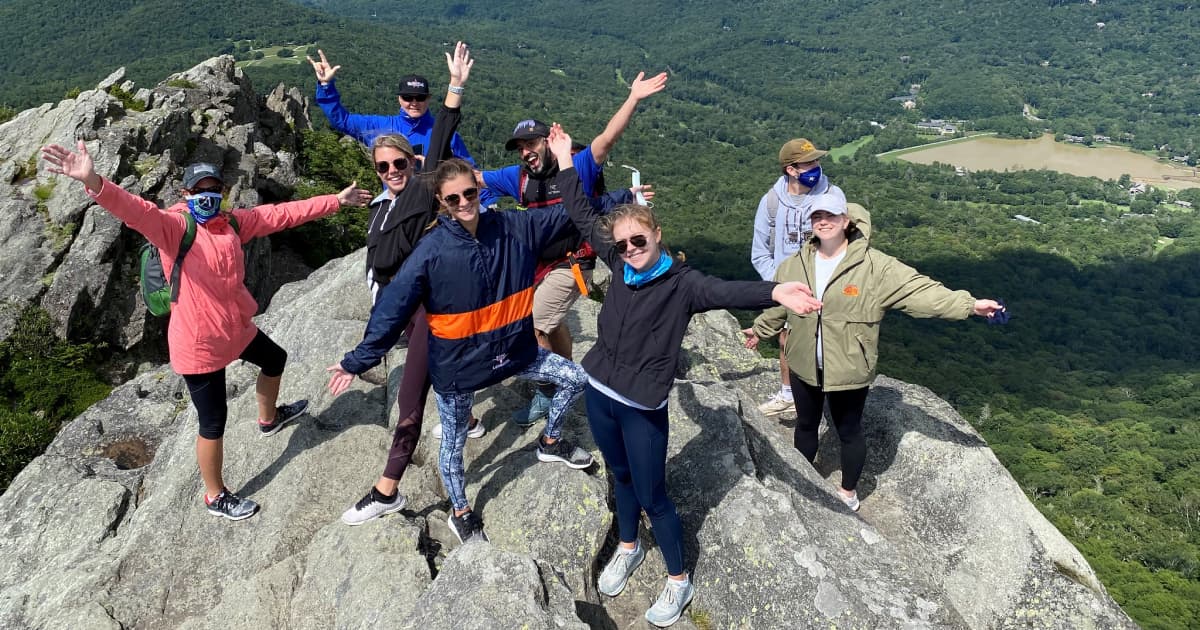
Here at BikeHike Adventures, we offer expertly guided hiking trips to some of the world's most breathtaking and remote locations.
We specialize in trips for beginner hikers to experienced hikers alike, where we focus on the journey and everything in between.
Our experienced guides will lead you on an unforgettable journey through stunning landscapes and provide you with all the support you need along the way.
You can find inspiration for your next hiking trip with our full list of hiking tours, or get in touch for a fully customized hiking trip.
Happy Travels,
Trish Sare
About The Author
 Trish Sare is the owner of BikeHike and a passionate outdoor enthusiast with over 30 years of experience as a world traveler. She's lived, traveled, and guided extensively in North, South and Central America, Europe, Oceania, Africa, and Asia. She has guided and helped to develop every one of our multi-sport holidays. In her spare time, Trish is usually outdoors either mountain biking, hiking, sea kayaking, trail running, or climbing. Trish has a passion for the world and all of the amazing cultures that inhabit it and does her best to immerse herself directly into their distinctive lifestyles.
Trish Sare is the owner of BikeHike and a passionate outdoor enthusiast with over 30 years of experience as a world traveler. She's lived, traveled, and guided extensively in North, South and Central America, Europe, Oceania, Africa, and Asia. She has guided and helped to develop every one of our multi-sport holidays. In her spare time, Trish is usually outdoors either mountain biking, hiking, sea kayaking, trail running, or climbing. Trish has a passion for the world and all of the amazing cultures that inhabit it and does her best to immerse herself directly into their distinctive lifestyles.